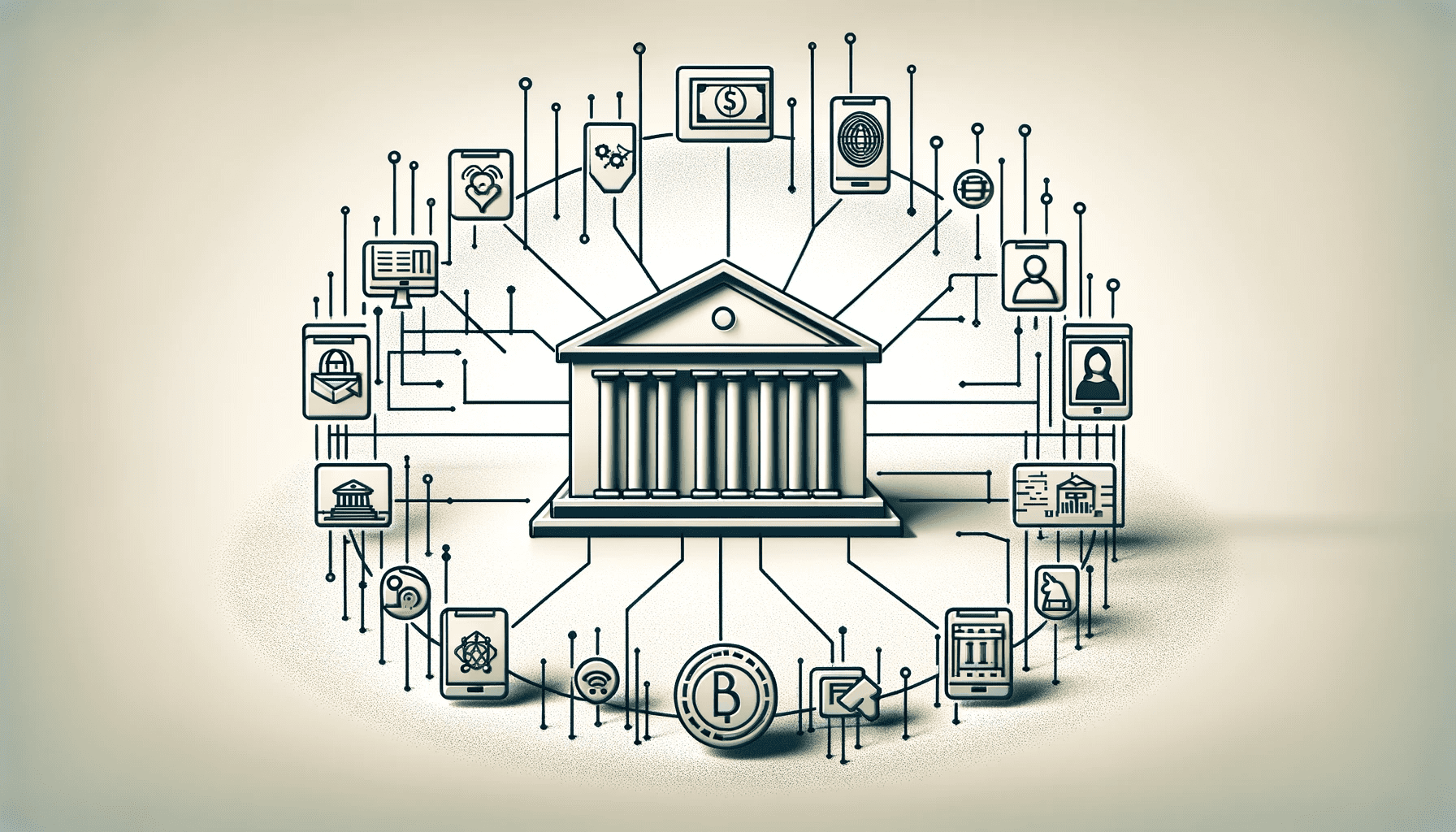Understanding the Types of Financial Institutions and Their Services
There are many different types of organizations in the financial sector, each of which performs a vital function in the overall system. These establishments are more commonly known as banks. This article will delve into the different kinds of financial institutions, provide some examples of them, and discuss the various services they offer.
Defining Financial Institutions
Financial institutions are businesses that offer banking, insurance, investments, and other related services to individuals, corporations, and governments. They are indispensable to the global economy because of the way they regulate the circulation of money and the conduct of business in the financial sector.
In the world of finance, what are the four main categories?
There are four primary types of financial institutions: commercial banks, non-banking financial companies, insurance companies, and investment banks.
- Commercial banks are the most common form of bank used by the general public. Commercial banks facilitate a wide variety of financial transactions, including deposits, loans, checking and savings accounts, and wire transfers and cash withdrawals.
- Non-Banking Financial Companies (NBFCs): These businesses, known as non-banking financial corporations (NBFCs), provide banking services despite lacking a full banking license. Loans, credit lines, retirement accounts, stock underwriting, and money market instruments are just some of the services that NBFCs can provide. But they can’t take demand deposits from the general public.
- Insurance Companies: Companies specializing in insurance are financial institutions that help manage risk for their clients. They insure against many different kinds of danger, such as those to health, to life, to property, and to casualty.
- Investment Banks: By underwriting securities or acting as the client’s agent in the issuance of securities, investment banks help individuals, businesses, and governments raise capital. Auxiliary services such as market making and equity research are also available, in addition to merger and acquisition advisory services.
There are a large number of banks and other financial institutions that do business on a global scale. Here are a few prominent ones:
- Business Banks: Wells Fargo, JPMorgan Chase, and Bank of America.
- Business Finance Companies (NBFCs): Berkshire Hathaway, The Blackstone Group, and Bajaj Finance.
- We have Allianz, AXA, and MetLife as our insurance providers.
- Goldman Sachs, Morgan Stanley, and Barclays are all investment banks.
A popular form of a financial institution is the Electronic Money Institution
Electronic Money Institutions (EMIs): With the development of digital finance and the larger digital economy, a new breed of financial institutions have emerged. They are authorized organizations with the authority to issue electronic money, which is money that has been electronically or magnetically stored to represent a claim to the EMI.
With electronic money, also referred to as e-money, digital money, or electronic currency, users can make cashless payments using funds that are stored on a card, phone, or the internet. Electronic money institutions include PayPal, Revolut, Valyuz, and Wise (previously TransferWise).
Similar to traditional banks, EMIs can carry out a number of tasks like accepting deposits and facilitating transfers. They do, however, also provide distinctive, digital-only services that meet the demands of the digital economy. Instant cross-border payments, wallets with multiple currencies, and seamless integration with online marketplaces and e-commerce platforms are a few examples.
EMIs are regulated financial institutions despite their emphasis on digital technology. They have to abide by all pertinent financial laws, such as those pertaining to anti-money laundering (AML) and counter-terrorism financing (CTF). This regulatory oversight guarantees that electronic money institutions uphold high standards of conduct and security, giving their customers confidence.
In conclusion, EMIs are a significant advancement in the financial industry, offering digitally oriented financial services to meet the demands of modern consumers and companies. They serve as a great illustration of how financial institutions are adapting to keep up with technological development and shifting consumer preferences.
Financial Organizations Around the World
The purpose of international financial institutions (IFIs) is to aid developing countries economically and socially by providing financial support and expert advice for development projects. Some examples of these institutions are the World Bank and the Asian Development Bank, but there are also regional development banks.
Services of Financial Institutions
There is a wide variety of services available from various banks and credit unions. Personal loans, mortgages, credit cards, and other transactional services are just some of what commercial banks provide. Microfinancing, venture capital, and factoring are all examples of services that NBFCs may offer. While insurance companies provide a range of insurance options, investment banks aid in the issuance of securities and reorganization of businesses.
To sum up, banks and other financial institutions play an indispensable role in today’s global economy. They can take many shapes and offer a wide range of services; all of them are important parts of the monetary system. Informed choices about where to keep money, how to finance operations, and how to manage financial risks can be made by individuals and businesses when they have a firm grasp of the various types of financial institutions available to them.








